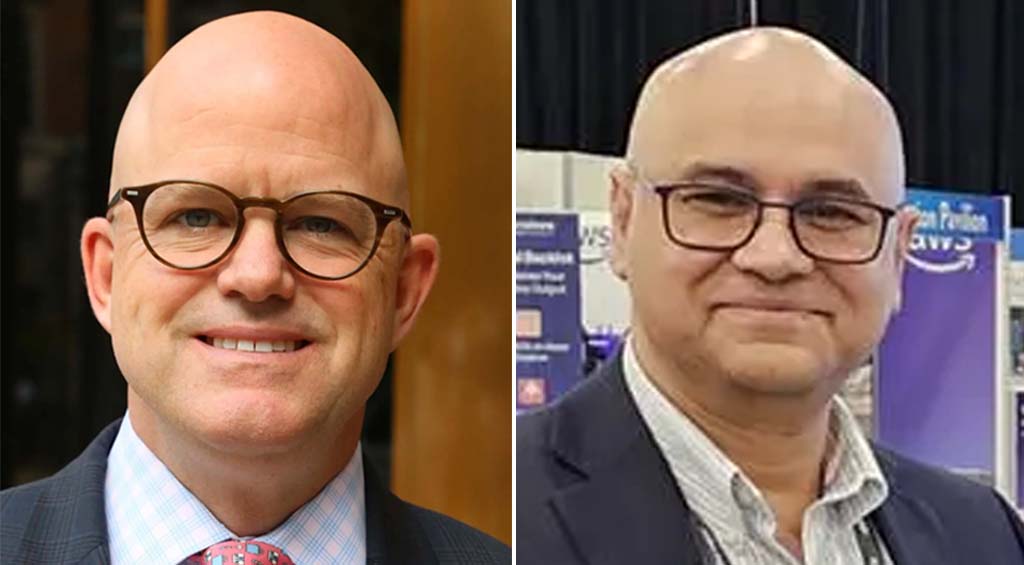FCC moves on cable caps
The U.S. Court of Appeals has thrown out Federal Communications Commission (FCC) restrictions on the number of subscribers cable operators can serve.
The ruling specifically addressed regulations that limited cable companies from serving more than 30 percent of all cable and satellite subscribers in the U.S. Additionally, the court threw out restrictions that prevent cable systems from carrying affiliated programming on more than 40 percent of their channels and sent the rules back to the FCC.
“The horizontal limit interferes with petitioners' speech rights by restricting the number of viewers to whom they can speak,” Judge Stephen Williams wrote for the court. “The vertical limit restricts their ability to exercise their editorial control over a portion of the content they transmit.”
The court's ruling is a plus for such cable companies as AT&T Broadband, the nation's largest. The panel also struck down an FCC rule that required that subscribers served by Time Warner Entertainment, or TWE, in which AT&T is a limited partner with AOL Time Warner Inc., be counted against AT&T's ownership limit. That rule pushed AT&T over the 30 percent limit when it merged with the MediaOne Group, forcing AT&T to divest either its stake in TWE or in the Liberty Media Group.
Where this is seen as good news for AT&T and other cable companies, consumer groups see the elimination of such limits as bad news. Many believe that the ruling provides greater incentive for cable companies to limit programming choices to their own programs instead of providing the wider array of programming consumers may want.
This U.S. Court of Appeals action may have far reaching effects, setting a precedent that could open the door for future revisions to the ownership “caps” on broadcast television stations, a heated issue in broadcast circles.
The professional video industry's #1 source for news, trends and product and tech information. Sign up below.
